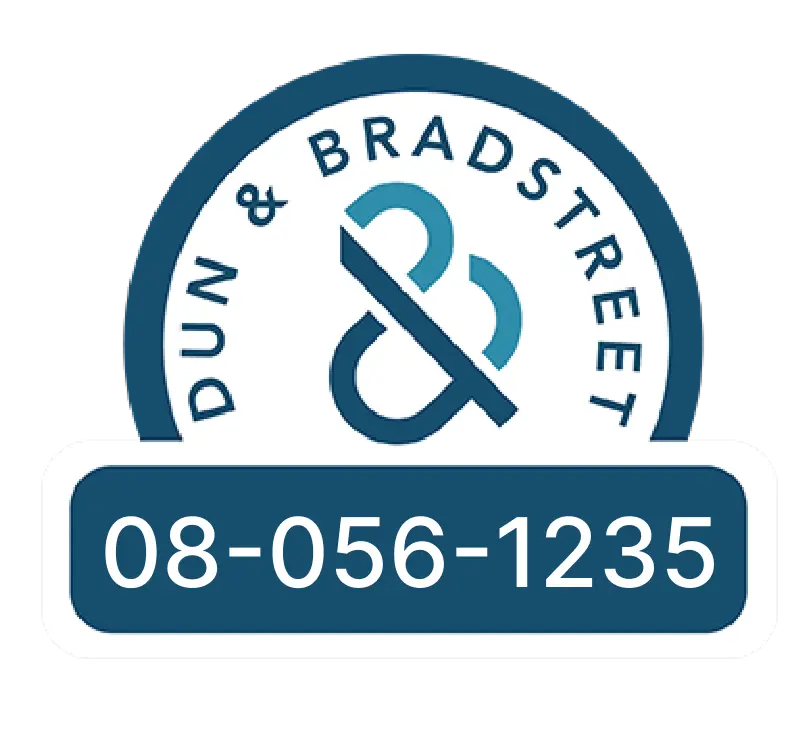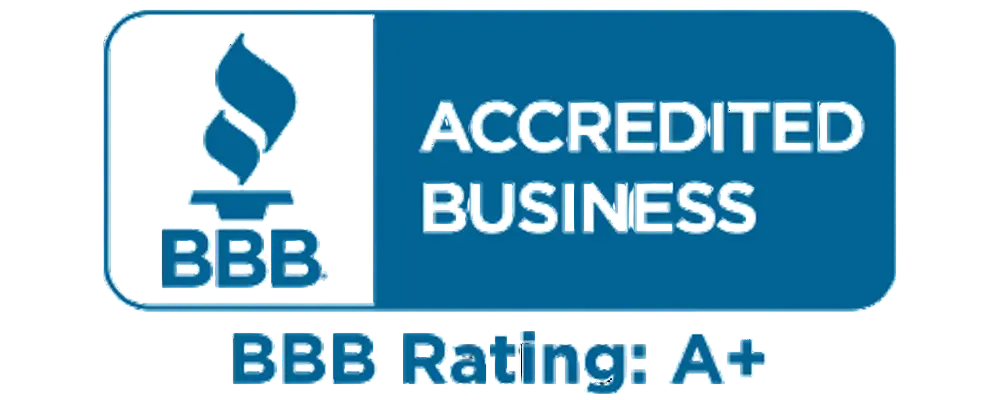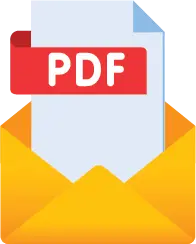Download free PDF
Dairy Packaging Market Size - By Product Type, By Material, By Application Analysis, Share, Growth Forecast, 2025 - 2034
Report ID: GMI12987
|
Published Date: January 2025
|
Report Format: PDF
Download Free PDF
Authors: Suraj Gujar, Kanhaiya Kathoke



Premium Report Details
Base Year: 2024
Companies covered: 20
Tables & Figures: 570
Countries covered: 17
Pages: 230
Download Free PDF

Dairy Packaging Market
Get a free sample of this report
Get a free sample of this report Dairy Packaging Market
Is your requirement urgent? Please give us your business email
for a speedy delivery!





Dairy Packaging Market Size
The global dairy packaging market was valued at USD 24.9 billion in 2024 and is estimated to grow at a CAGR of 4.2% from 2025 to 2034. The development of sustainable and environmentally friendly packaging materials has spearheaded the growth of the market.
As the world attention focuses on environmental issues, the dairy industry is using reusable and recyclable materials to minimize carbon emissions. The introduction of biodegradable plastics and recyclables and advanced sorting techniques will help waste management. For instance, in August 2024, CCL Label rolled out EcoFloat WHITE, an ultra-light polyolefin sleeve that enhances recyclability of dairy packaging. With this, CCL Label successfully solved the white HDPE recycling problem of yogurt and probiotic bottles by bettering their clarity and separability.
Dairy Packaging Market Trends
The trend in the dairy packaging industry is to adapt packaging styles and engineering processes to meet ecological requirements. This includes lightweight, recyclable materials and 2D printing techniques that reduce waste and increase efficiency. Multifunctional packaging solutions are increasingly being adopted, reducing the impact on the environment, while simplifying logistics, thus reducing transport costs and carbon footprints. Other innovations include a portioned packaging that allows consumers to decide how much milk they want to use. Such innovations have reduced costs and environmentally friendly packaging demand. For example, portions innovation that allow consumers to choose the amount of milk they want to pack also reduces the cost of environmentally friendly packaging. These advances are part of a larger cultural change promoting green packaging systems with fewer packaging and a better recycling model.
For instance, in August 2024, in Newtopia Now, Denver, Milkadamia introduced its new organic flat-pack oat milk. The new product uses 2D printing technology to produce milk boxes to reduce the number of packing materials required by 94 per cent and the weight by 85 per cent. This is an environmentally friendly alternative because it allows consumers to easily produce their own oat milk, thereby significantly reducing carbon emissions and transportation, which helps to achieve the company's sustainability goals. The product will be released from January 2025.
Dairy Packaging Market Analysis
The high price of environmentally friendly packaging in the dairy packaging sector has hampered the market. Despite the growing demand for these materials, the cost of materials used in the manufacture of biodegradable plastics, recycled materials, and plant-based packaging is higher than LDPE or PVC. These costs could make it more difficult for Tradewest dairy companies, especially smaller companies, to adopt sound sustainable practices and also be affected by profit margin shocks.
Based on material, the market is divided into plastic, glass, metal, paper & paperboard, and others. The plastic segment is expected to reach a value of over USD 10 billion by 2034.
Based on application, the market is divided into milk, cheese, cream, butter and ghee, yogurt, ice-cream, and others. The milk segment is the fastest growing segment with a CAGR of over 7% between 2025 and 2034.
Demand for milk is also increasing due to the growing demand for tetra packaging, single-serve packaging, and innovative packaging designs focused on long-term storage and customer satisfaction.
North America held the share of over 30% in 2024. There is an increase in convenience, safety, and novelty in the U.S. dairy packaging industry. With increasing demand for portable and single-serve solutions, pouches, sachets, and other flexible packs are increasingly coming into the market. Moreover, with manufacturers striving to meet the demands of environmentally friendly products by consumers, the use of eco-friendly materials also seems to be on the rise.
All factors that contributed to China's increasing dairy packaging market include urbanization, increased income, and consumer demand for more comfortable dairy products such as yogurt. The demand for premium products and small-packaging products is increasing, forcing the release of new and diverse packaging designs. Consumer health awareness changes are also another factor in increasing the application of dairy products, thus increasing the need for packaging.
The Indian middle class is growing, accompanied by increasing disposable income and health-conscious eating patterns. In order to satisfy its own domestic requirement, India not only consumes a massive amount of dairy products but is also one of the major manufacturers of these products. The need for small-volume value-added dairy products is increasing rapidly in the market. Producers are also increasingly invest in cost-effective and sustainable packaging to improve product life and maintain environmental sustainability.
The technological advances in packaging technology, strategic retail systems and high demand for dairy products such as milk and milk are an important factor in South Korea's growth in dairy packaging. The growing preference for high-quality products among young people who are aware of health is also one of the reasons for the shift of demand towards sophisticated packaging. Furthermore, the convenience factor also drives sales, primarily in small, single-serve packages and multi-packages.
In Japan, dairy packaging markets are characterized by strong product quality and established customer base. With the aging of the population, dairy products that are easy to consume and health-focused have increased and demand for dairy packaging has increased. Japan strongly emphasizes the use of natural materials to ensure that packaging is environmentally friendly. With the passage of time, demand for premium dairy products and ease of use continue to drive the market.
Dairy Packaging Market Share
In dairy packaging industry, price, product differentiation and distribution are one of the main factors that increase competition. Companies are increasing the supply of new eco-friendly package designs aimed at changing consumer behavior. In addition, consumers are increasingly looking for convenience and size differentiation that improves product functionality and shelf life. Companies are also seeking to expand their distribution networks to reach retail outlets, e-commerce companies, and international markets. However, price is equally important when more cost-effective but environmentally friendly options are in high demand.
Dairy Packaging Market Companies
Major players operating in the dairy packaging industry are:
Dairy Packaging Industry News
This dairy packaging market research report includes in-depth coverage of the industry with estimates & forecast in terms of revenue (USD Million) & volume (Kilo Tons) from 2021 to 2034, for the following segments:
Click here to Buy Section of this Report
Market, By Product Type
Market, By Material
Market, By Application
The above information is provided for the following regions and countries: